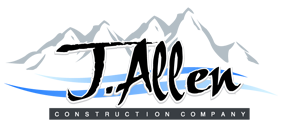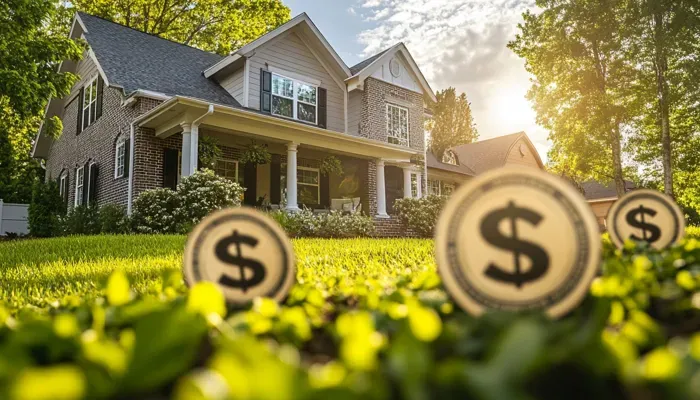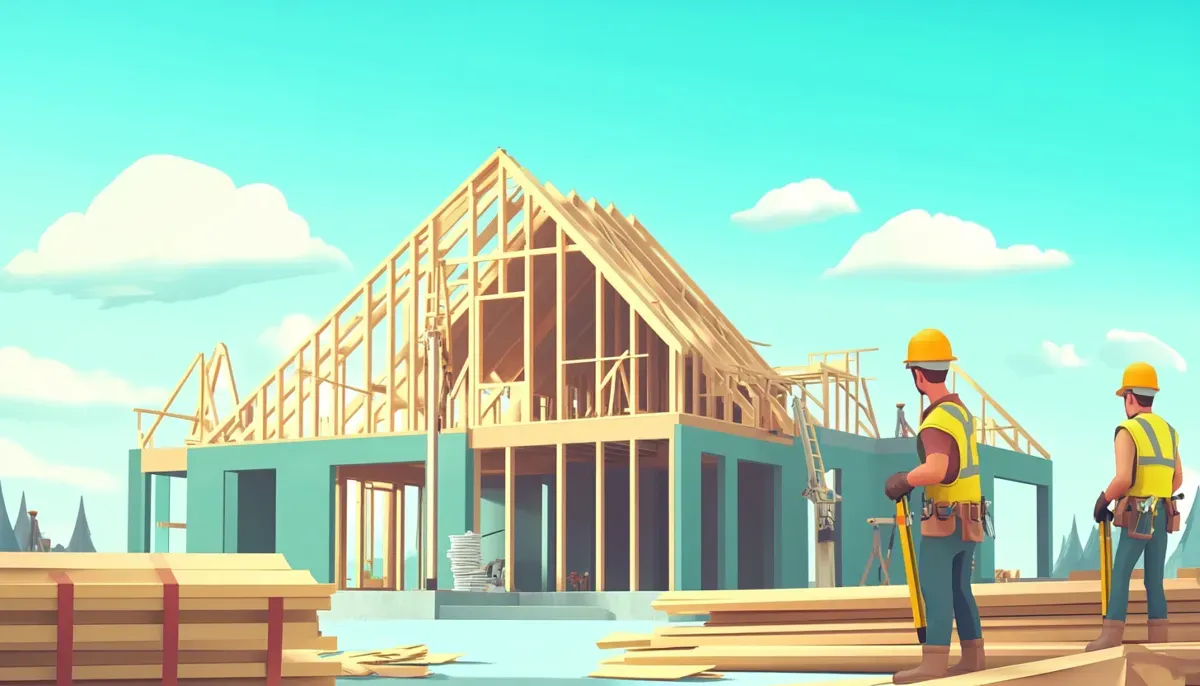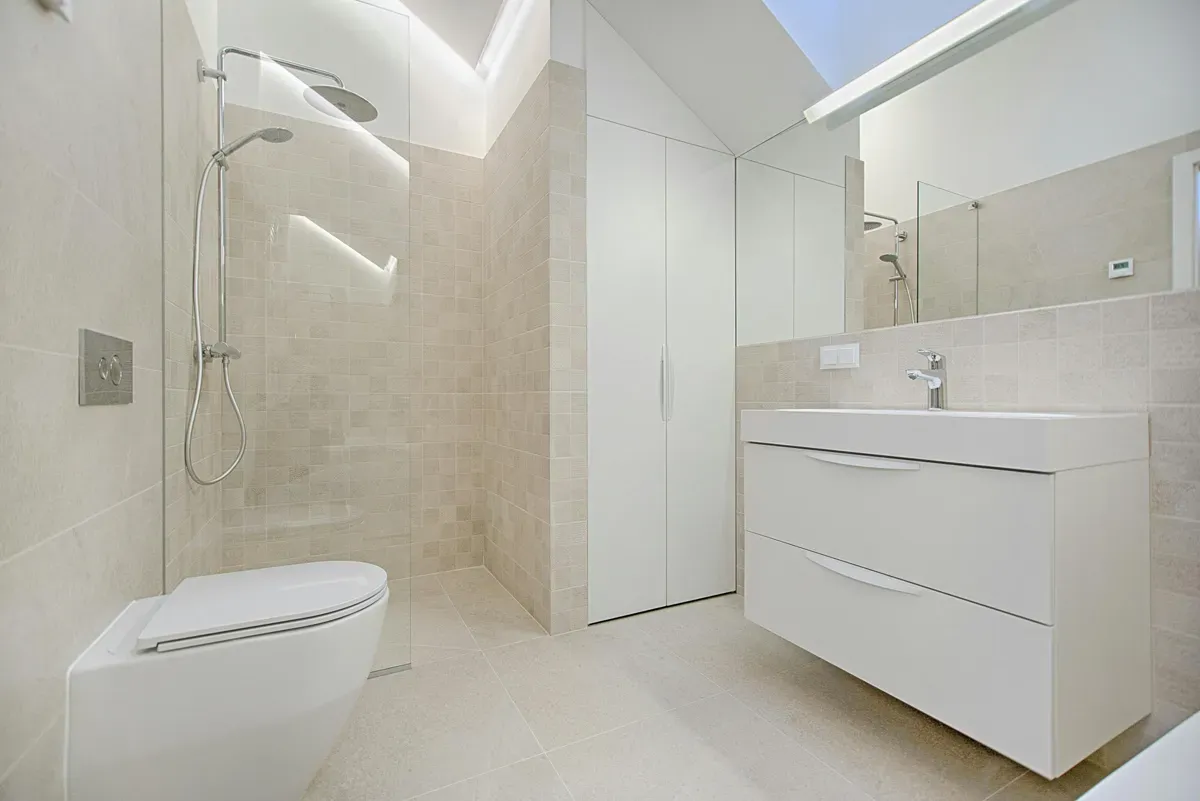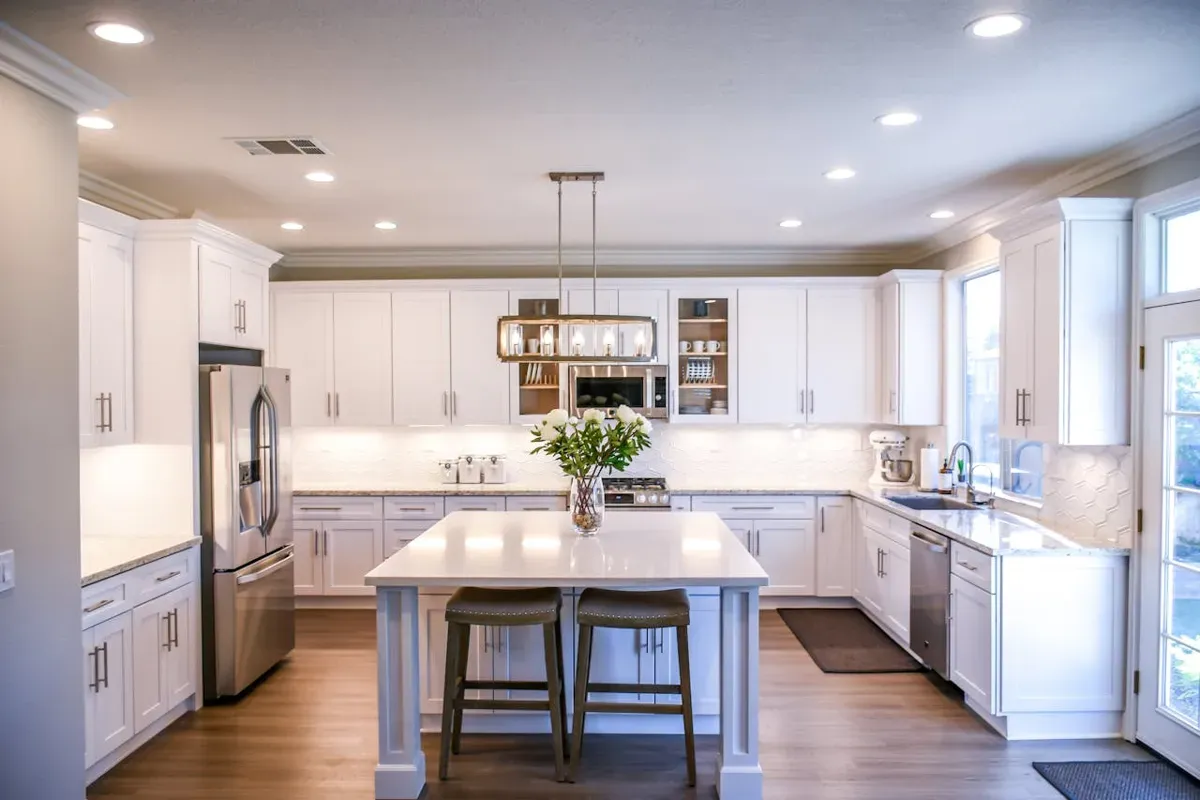How Long Does Remodeling a House Take?
We understand that the
home remodeling project journey can feel overwhelming. One of the most common questions we hear is,
"How long will this take?" Whether you’re planning a
simple kitchen update or a whole-house renovation, knowing what to expect can help you plan ahead and keep stress levels down. In this guide, we break down everything you need to know about remodeling timelines, helping you set realistic expectations and prepare for a smooth renovation journey.
Remodeling Timelines by Square Footage
The size of your project matters. Here’s a general breakdown:
- Up to 1,000 sq ft: Small homes or apartments typically require 2 to 3 months.
- 1,000 to 2,500 sq ft: Medium-sized projects range from 3 to 6 months.
- 2,500 sq ft and above: Large homes or extensive remodels often take 6 months to over a year.
Even smaller spaces can run longer if the project involves house lifting, foundation repair, or unforeseen complications.
Types of Renovations and Their Durations
Different projects come with different timelines. Here’s a look at common renovations and how long they typically take:
- Cosmetic Renovations: Simple updates like painting, new flooring, or light fixture replacements can take 1 to 4 weeks.
- Kitchen Remodel: A full kitchen remodel can take 6 to 12 weeks, depending on complexity and lead times for custom cabinets, countertops, and appliances.
- Bathroom Remodel: Expect 6 to 8 weeks for tear-out, plumbing adjustments, and new installations.
- Exterior Remodel: Projects like roofing, siding, or window replacements take 4 to 8 weeks, depending on weather and material availability.
- Basement Finishing: Transforming a basement into livable space typically takes 8 to 12 weeks.
- Whole-House Remodel: Major overhauls that touch every part of the home can range from 6 months to 1 year.
- Foundation Repair or House Lifting: These specialized projects often add several weeks to the schedule.
- Gut Renovation: If we’re completely reconfiguring a space, plan for 4 to 6 months.
Factors Influencing Home Remodeling Timelines
When it comes to remodeling, no two projects are alike. Several factors determine how long your renovation will take, and understanding these can help you plan more effectively.
Scope and Project-Specific Factors
The scope of your project plays a huge role in determining timelines:
- Scope of Work: Are you refreshing the paint and fixtures, or are we talking about gutting a space and reconfiguring the layout? Cosmetic updates can wrap up in weeks, while major structural changes (like removing load-bearing walls or adding an addition) require more time and precision.
- Size of the Home: Naturally, larger homes or projects covering more square footage will take longer.
- Project Scope:
Complex tasks such as foundation repair, house lifting, or extensive plumbing relocation add to the timeline.
External and Logistical Factors
External factors often influence the flow of a project:
- Permits and Inspections: Delays at the permitting office or scheduling inspections can slow progress, especially during busy seasons.
- Availability of Materials and Labor: Materials on backorder and subcontractor availability can push timelines. Understanding lead times for products such as cabinets or specialty items is critical.
- Weather Conditions: For exterior remodels, bad weather can bring work to a halt. Extreme cold, heavy rain, or high winds impact everything from roof repairs to house lifting.
- Homeowners Association (HOA) Board: If you live in a community with HOA approvals, securing their sign-off can introduce delays.
Financial and Unforeseen Issues
Sometimes, timelines can extend for reasons beyond anyone’s control:
- Budget Overages: Running into unexpected expenses may require adjustments to financing or construction loans.
- Unforeseen Issues: We frequently uncover hidden problems—like mold, water damage, or outdated wiring—that need to be addressed.
- Professional Workload:
An architect’s or designer’s workload can influence turnaround times for finalized plans and designs.
Living Arrangements During Renovation
A big question we ask homeowners is,
"Are you planning to stay in your home during the renovation, or will you temporarily relocate?" Here’s how to make the right choice for your situation.
Temporary Relocation vs. Staying On-Site
- Temporary Relocation: If your remodel involves gutting the space, plumbing relocation, or major structural work, staying put may not be practical. Noise, dust, and lack of utilities can make living in the home challenging.
- Staying On-Site:
For smaller-scale projects, staying in your home may be manageable with proper planning. We can isolate work zones to minimize disruptions.
Key Considerations
- Cost: Renting a short-term apartment or storage for your furniture adds to your renovation budget but can reduce stress.
- Convenience: Staying close to the site allows you to monitor progress, attend project meetings, and address unexpected surprises quickly.
- Livability Issues: Be prepared for temporary changes—limited access to key rooms like kitchens or bathrooms—and plan alternatives to make life easier during construction.
Renovation Phases and Timeframes
At J Allen Construction, we structure every project into clear phases:
- Phase One: Design and Budgeting (1 to 2 months): This includes design development, collaboration with interior designers, and securing HOA and city permits.
- Phase Two: Prep and Construction (Several weeks): Includes preliminary planning, acquiring materials, and preparing for construction.
- Construction Phase (Varies): Timelines depend on scope—simple updates may take weeks, while extensive remodels can last months.
- Post-Production Walk-Through
(1 to 2 weeks): We address finishing details, quality checks, and punch lists to ensure your home is move-in ready.
Strategies for Efficient Renovation
If you’re looking to speed up your renovation timeline, here are our best tips:
- Proper Planning: Finalize plans and product selections before construction begins.
- Hire the Right Team: A licensed contractor with a strong reputation can streamline timelines and ensure quality craftsmanship.
- Avoid Scope Changes: Sticking to the original plan helps avoid delays.
- Plan for Lead Times: Order custom items—like cabinets or specialty materials—well in advance.
- Address Permits Early: Resolving HOA approvals or permit requirements before construction starts saves time.
Setting Realistic Expectations
Renovations are exciting, but they can also be unpredictable. Here’s what we tell our clients:
- Expect the Unexpected: Surprises like structural issues or weather delays can happen. We’ll work with you to minimize their impact.
- Quality Takes Time: Rushing the job often compromises results. Our priority is delivering quality craftsmanship you’ll enjoy for years.
- Temporary Adjustments:
Renovations may require you to adjust routines, but the payoff is worth it.
Final Thoughts on Home Remodel Timelines
At J Allen Construction, we’re here to guide you through every step of your renovation journey. By understanding timelines, planning ahead, and setting realistic expectations, you’ll be prepared for a smooth, successful project. Remodeling is an investment in your home’s comfort, functionality, and value—and we’re committed to helping you achieve the results you envision.
If you’re ready to take the next step, contact us today to discuss your project!


